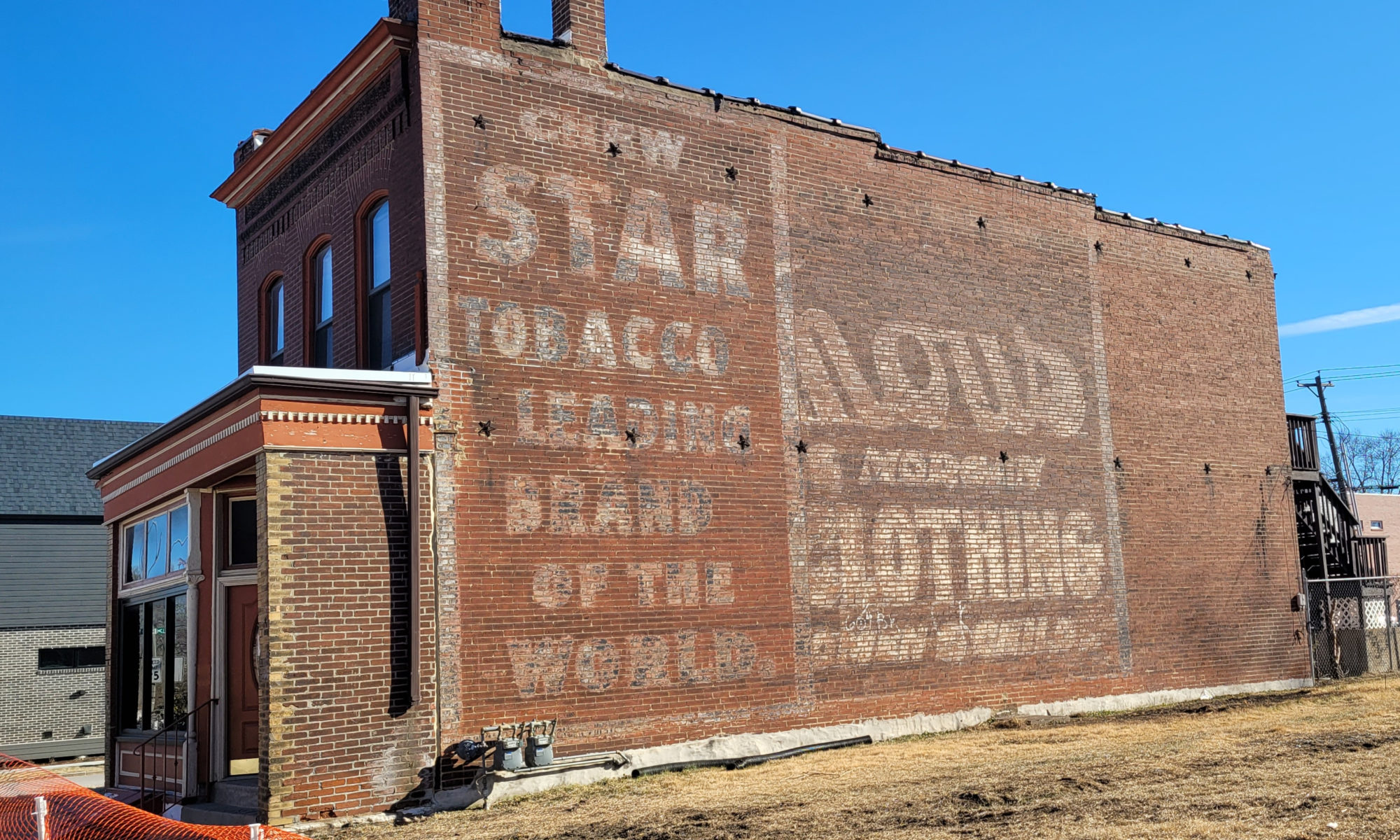The hidden history of tobacco in St. Louis
Yes, St. Louis was founded on more then beer. At one time St. Louis was the world’s largest chew tobacco supplier! Why is this history hidden? Being a non smoker, I had no idea the midwest held this distinction. I thought tobacco was a southern crop. If you know where to look, you can see there are signs of the once great tobacco mecca.
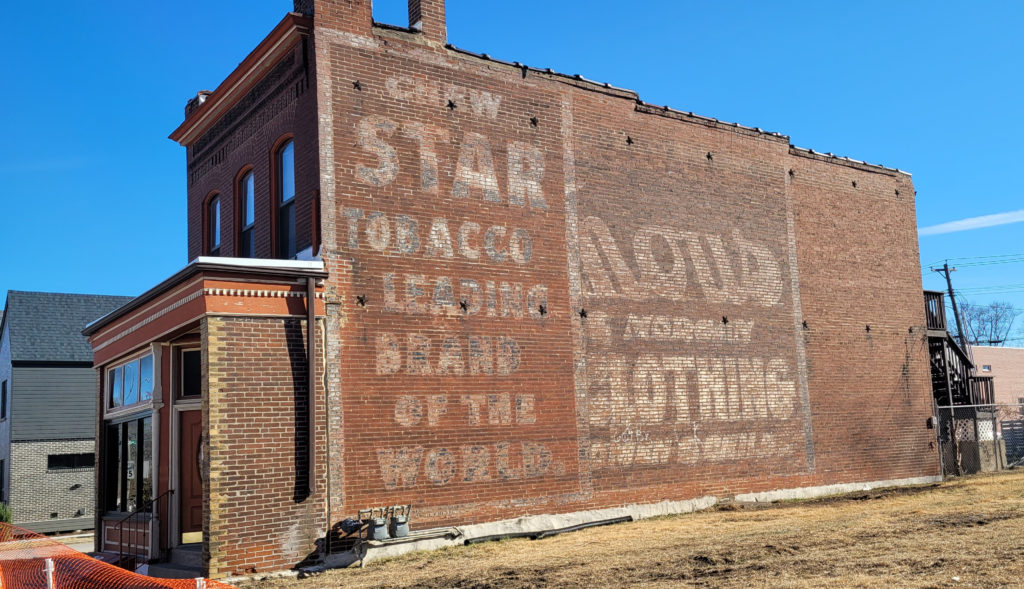
Star Tobacco
John Edmund Liggett was born in St. Louis in 1826, but lets go back even further in time. J. E. Liggett’s grandfather, Christopher Foulks, owned a snuff mill in New Jersey. Along comes the War of 1812, and his mill is destroyed. So in 1822 Christopher decides to leave Jersey for the open spaces of the mid-west to IL to open a new snuff mill. Then 10 years later, he moved to St. Louis, MO. and opened the Foulks and Shaw company, only to be changed to Hiram Shaw and Co. when Christoper died. Shaw brought on J.E. Liggett, who worked for his grandfather, as a partner. It was then called JE Liggett and Bro before becoming Liggett and Myers. But lets not get ahead of our story.
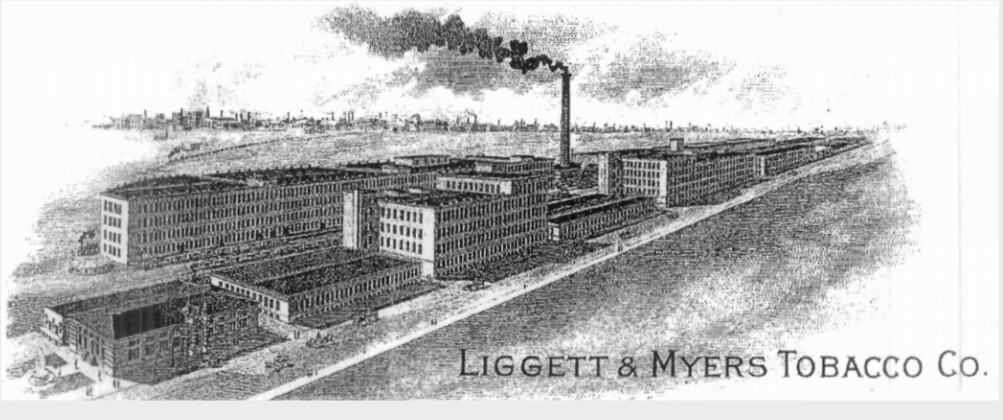
A brief History
Way back before St. Louis was a city, and the French controlled the territory (Blog on French histroy in STL soon), growth occurred after the Louisiana Purchase and Lewis and Clark’s exposition. The area became one of the largest port cities for shipping along the Mississippi river.

Here is a very short timeline of tobacco:
~1492 Columbus notes tobacco use in ‘new land’ ~by 1558 it was wildly popular in Europe ~1600 tobacco is used as a monetary standard ~1624 the Pope bans tobacco use in holy places calling it “too close to pleasures” ~1730 first tobacco crops are grown in Virginia ~1794 tax on tobacco ~1847 hand rolled cigarettes are sold in Great Britten ~1849 Liggett and Myers is producing tobacco under this name
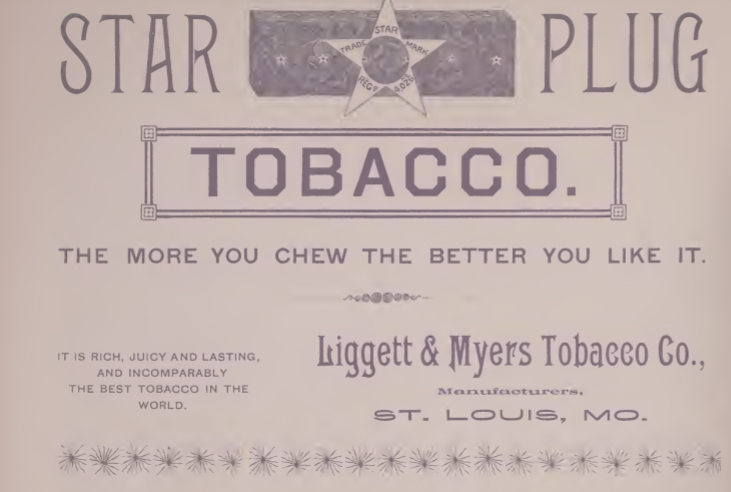
~1880 Rolled Cigarette machine is invented ~1890 the American Trust Company buys up lots of companies
Just west of St. Louis, in Defiance, MO and further west, large farms and crop plantations could expand as needed. Hemp was also a large crop, but by 1890 the largest cash crop was tobacco. It grew in the Mo river towns in great number, leading to Liggett & Myers becoming the largest in the world. St. Louis was one of the first in the country to sell rolled cigarettes in 1849 by Liggett and Brother. Chew and plug tobacco was still very popular.
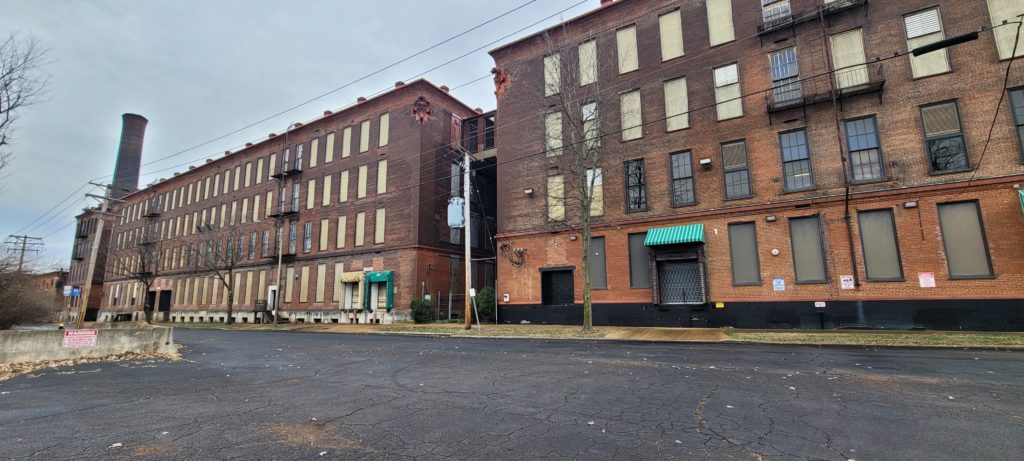
Plug Tobacco
Plug tobacco was made by hollowing out the center of a maple or hickory log and mixing the tobacco with honey, apple brandy or other flavors and putting it back in the log and plugged and left to dry out. After the drying process, the log would be opened and the cured tobacco would be ready. Through the years different flavors and spices were added after production was industrialized. Plug was the most popular form of tobacco and St. Louis produced about 40% of the nation’s sales until World War one, when the army issued cigarettes to soldiers and chew became less and less popular. The decline was due to manufactures in St. Louis not leaning into the changing tastes and continuing to sell primarily chew and cigars.
Liggett & Myers
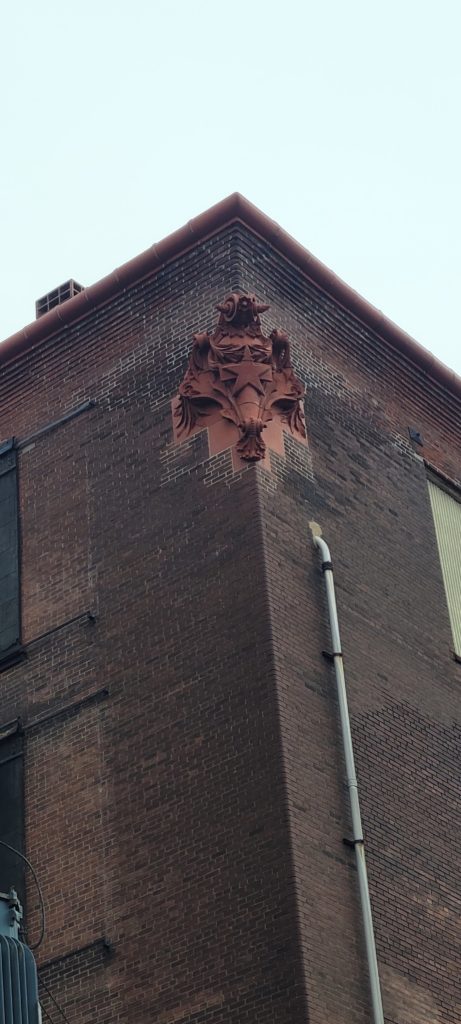
In 1873 George Myers bought into Liggett and Bros and was incorporated in 1878. By the 1890’s they were producing cigarettes. Covering several city blocks and 13 buildings, the Liggett and Myers tobacco company had several large brick buildings in the complex and even had housing for employees around what is now the Botanical Heights/Tiffany neighborhood (Both Tiffany and Liggett & Myers Districts are now on the National Register of Historic Places).
Liggett and Myers was part of the trust and rebranded in 1911 after dissolution. After WWII, some of the buildings were sold at the St. Louis plant. They expanded in 1964 to include pet foods and wine and spirits. In 1980 they were acquired by a British based company and sold to Philip Morris in 1999. When John Edmund Liggett died, he was one of the riches men in the city and is buried at Bellefontaine Cemetery.

Competition
Other tobacco companies in St. Louis were Wellman and Dwire Manufactures (down the street), makers of smoking and chew tobacco. J.N Wellman was from Missouri and William T. Dwire from Quincy, IL.
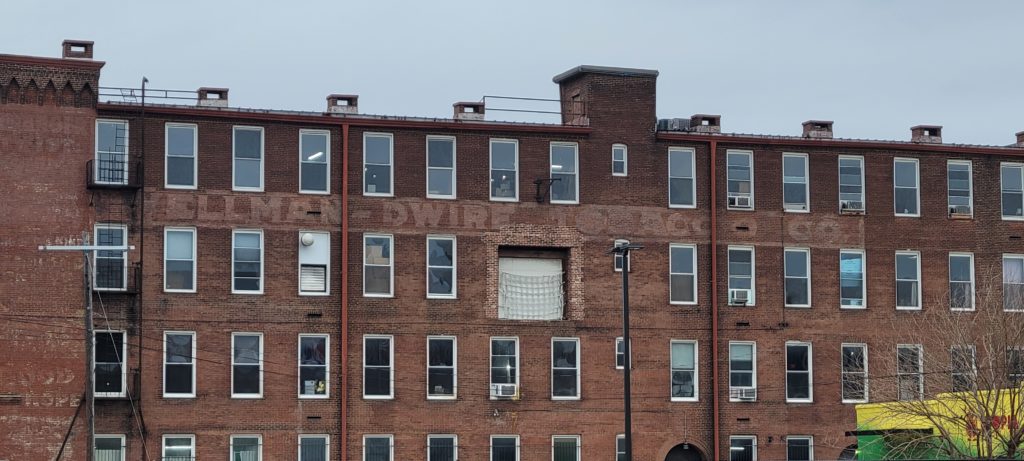

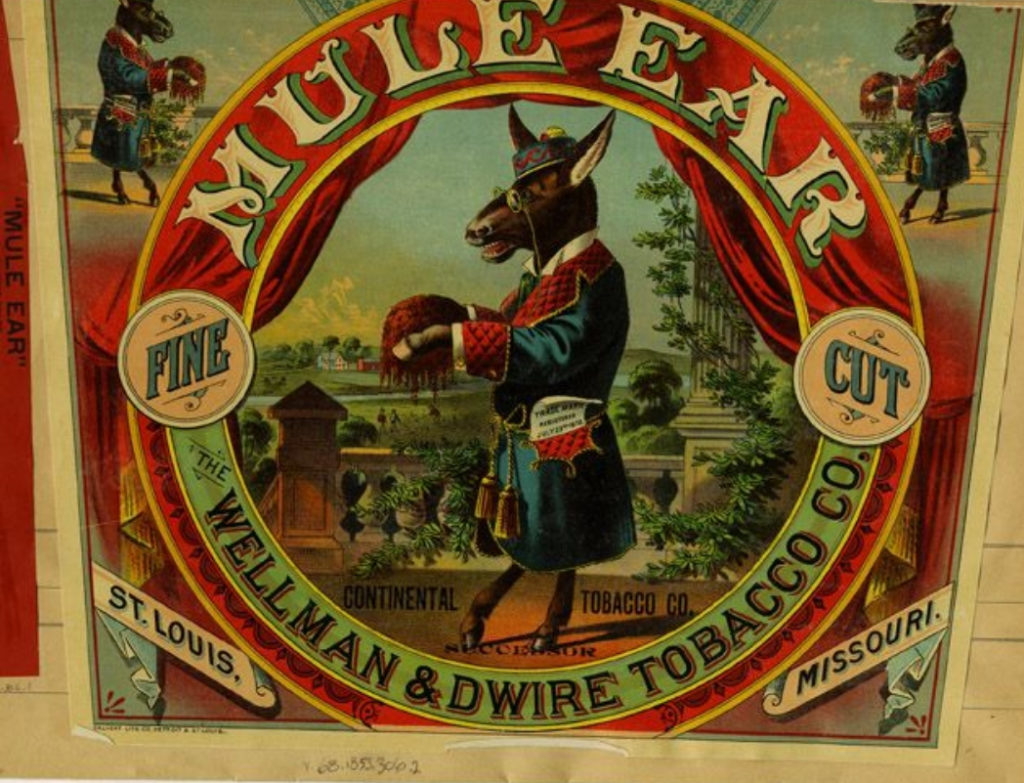
Drummond Tobacco Co. from 1873 to 1898. James T. Drummond, born in St. Louis, went into the business as a bookkeeper for Meyers Tobacco in 1862. He was mayor of Alton , IL in 1868- 1871. He died in 1897, one year before being bought by the American Trust Company for ten million dollars. He is buried in Alton Cemetery.
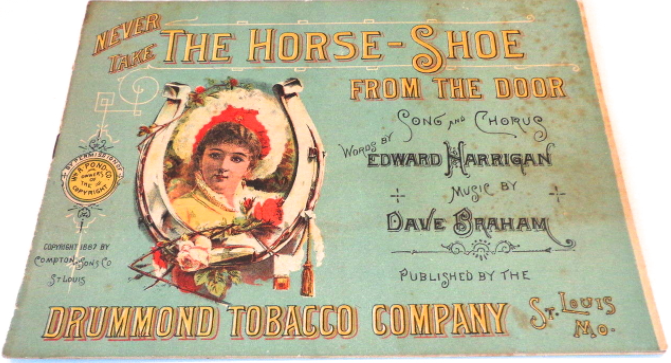
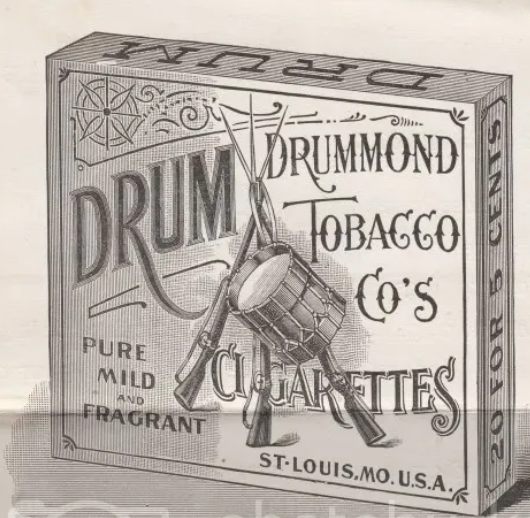
Christian Peper Tobacco started in 1852, and had a warehouse built in 1874 on the site of the Old Missouri Hotel on First Street, by the river front. The warehouse live on today in two parts, The Peper Lofts and as offices and The Old Spaghetti Factory.

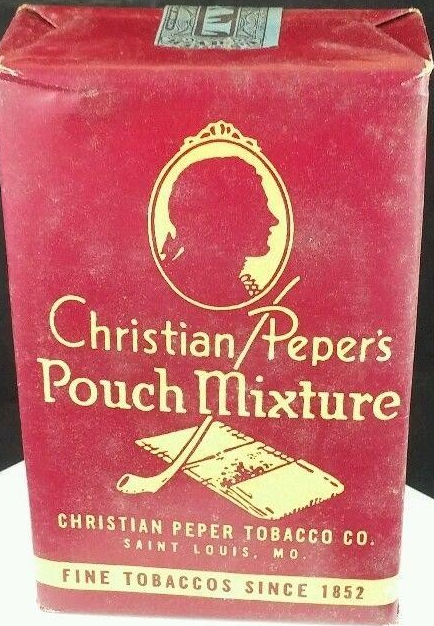
The John Weisert “Big John” Tobacco Co. on French Market and LaSalle St. in St. Louis. The Weisert Co was one of the few to not only survive the Trust co, but thrive and continue becoming the last to produce tobacco in the city until 1989. They did so by providing many different brands and flavors. At one time over 100 brands. By the time they closed, the grand son of the founder was working alone adding flavors to cigars himself. Thus ending the St. Louis Tobacco legacy.

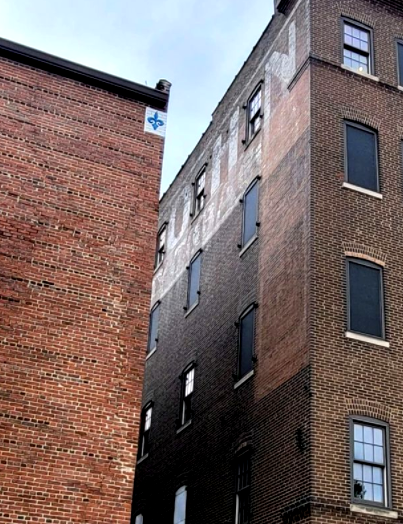
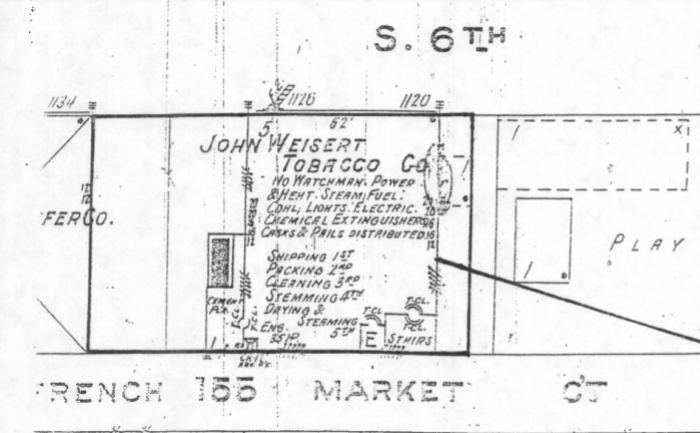
A few more companies and advertisements:
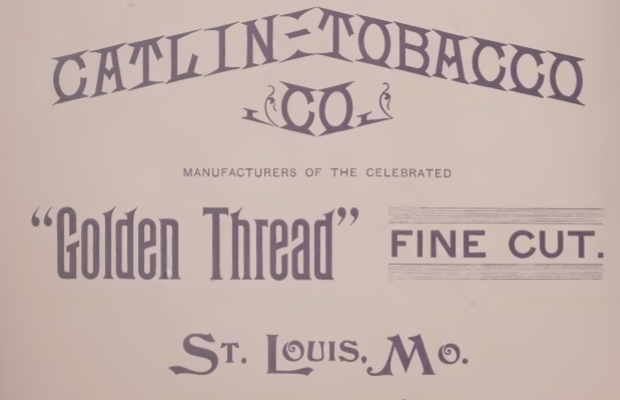
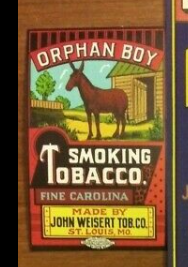
Leave a comment if you learned something new or knew of these companies.


